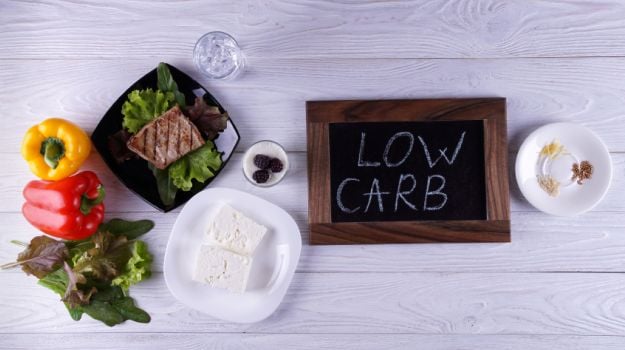What if you were to lose weight without giving up on those thick cuts of meat and mayonnaise laden sandwiches? Sounds unbelievable, right? This is not just a diehard foodie's ultimate dream come true, but an actual diet plan propounded by an American cardiologist Dr. Robert Atkins. It is believed that Atkins diet came into existence as a result of Robert Atkins' strenuous efforts to solve his own overweight condition. As a result, what he found paved the way for many versions of low-carb diets for weight loss that exist today.Atkins' diet regime was published in his book Dr. Atkins' Diet Revolution in the year 1972, which was followed by a second edition published in 2002. Ever since, there has been a couple of new books published on the same topic, but incorporating new findings from over 10 years of research by the medical world.
What's the Diet all About?
To understand the basics of Atkins diet, one first needs to understand the role of carbohydrates, proteins and fats in our diet and how our body derives energy out of what we eat. Essentially, our body gets its fuel from energy sourced from carbs and sugar or from the existing bank of fat stored in our body. The amount of energy you burn depends on whether you are burning sugar or fat. In simpler words, our body is capable of turning carbs into sugar; excess carbs would translate to extra sugar which automatically starts adding to your existing pool of body fat. So if you are trying to lose weight by keeping a check on your diet but still consuming food with high amounts of carbs, what you are burning is energy and not fat. You may also be adding more to the existing bank of fat, which makes it difficult to lose weight.
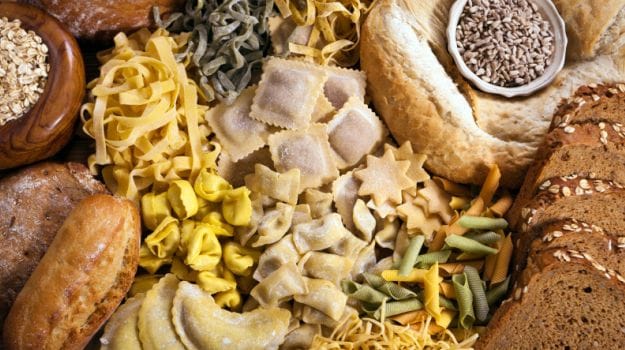
Bread, pasta, whole grains et cetera, forget all these if you plan to take up this dietAtkins' theory proposes putting a cap on carbs intake and substituting it with more of protein and fat. The mechanism is simple - when the primary source of energy, which is carbs, is squeezed out of your system, the body automatically switches to the alternate source of energy - fat and protein. This way, you are facilitating weight-loss.
How Does it Work?
The diet works in phases. The first phase, also known as the induction stage, would make you cut out carbs almost completely from your diet. Ideally, only 20 grams of carbs intake is allowed during this initial stage, which must be sourced primarily from vegetables. In short, to begin with, you are off grains, cereals, legumes, nuts, fruits, starchy vegetables and any other food item or ingredient which is high in carbs.
Once weight-loss is initiated, you should aim at balancing the steady process of weight-loss. You can now start adding nutrient-rich carbs to your diet; these are predominantly food items that are relatively low in carbs. Nuts, berries, seeds, and more vegetables can now go into your platter.
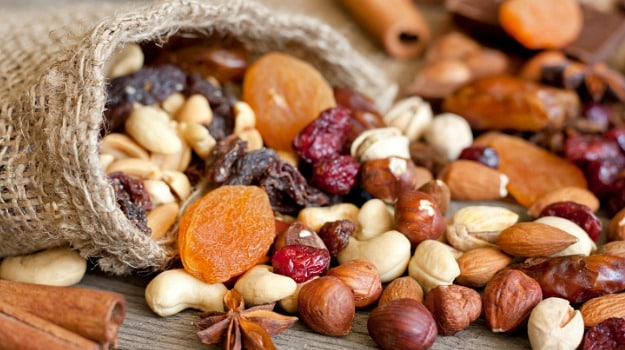
Once weight-loss initiate, you can gradually nuts and seeds in your diet, but in moderation.
Keep following the routine till you are close to attaining your desired weight-goal. This phase is all about pre-maintenance where you prep yourself for maintaining your ideal weight. You can now start adding a few starchy veggies, whole grains and legumes back to your meals.
Finally, when you feel that you have achieved your desired weight goal and would be able to maintain it further, you can then, gradually add other ingredients back to your diet.
How Effective is Atkins Diet?
Unfortunately Atkins diet has raked up much controversy as it involves elimination of the primary source of energy for human body. It is not just plain carbs that we are talking about but added nutrients and minerals that come tagged along with it and are extremely vital for our body. Experts and nutritionists from across the world believe that prolonged practice of Atkins diet may have grave consequences to human health. Eliminating groups like cereals, nuts, seeds, and legumes can also make one fall deficient of fiber, calcium, potassium, selenium and magnesium.
(Paleo Diet: Should We Go Back to Eating What Our Ancestors Ate?)
Experts Speak
"I would not recommend this diet at all. For Indians, it is just not possible to take up this kind of diet-plan. Indians mostly eat whole grains and legumes unlike people in the west, who eat them in refined form. It is easier in the west to cut these refined sources of carbohydrates out of the daily diet," stated Dr. Rupali Datta, Chief Clinical Nutritionist at Fortis-Escorts Hospital.
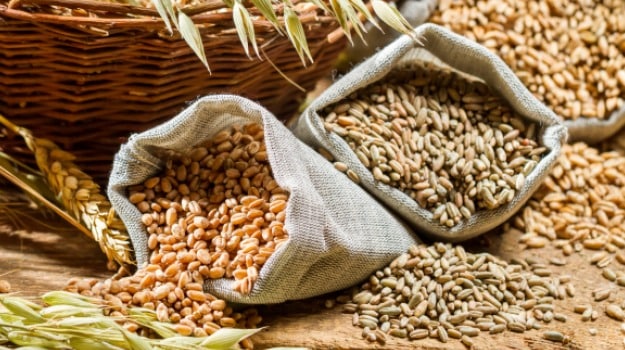
She also emphasized the importance of glucose for human body. Our body derives glucose from sugar and carbs, and our brain uses fresh glucose as fuel to function. One should also keep in mind that, after a sudden switch to a no-carb-high-protein diet, our metabolism starts functioning differently. It starts deriving energy from the alternative sources of energy - protein and fat. All metabolic functions are vested with our liver, hence this switching takes a toll on our liver as well. Our kidney is responsible for the break-down of protein into urea and flushes it out of the body. Once our dependence on protein increases, our kidney starts flushing out three times the urea than the usual - kidney also comes under stress.
According to Dr. Ritika Sammadar, Nutritionist at Max Health Care in New Delhi, "Any kind of exclusion of natural elements from our diet is unhealthy. Every food group has a dedicated role for human health. Atkins diet can be improvised to a diet-plan where you have dietary intake of all food groups as per the prescribed dietary recommendations. Carb deficiency has severe repercussions and can lead to ketosis - a medical condition wherein body starts producing keto acids, which can even lead to kidney failure."
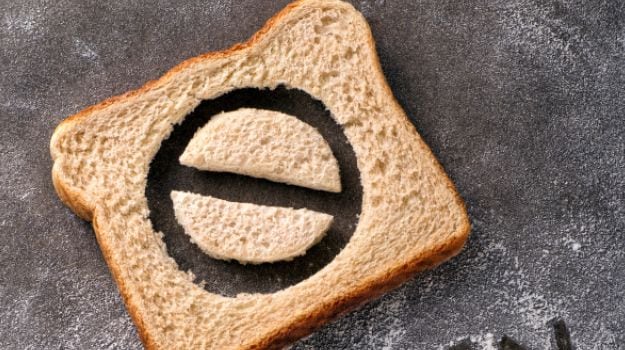
According to Dr. Sammadar:
- Traditionally, we derive 50-60% of energy from carbs. Atkins diet reverses everything, turning everything upside down. Here you are sourcing close to 40% of your energy from protein.
- Our daily diet should not have more than 40% of protein intake.
- Your diet can be structured into a high-protein and low carb one, but not one that eliminates any food group completely.
- "For an average Indian, 55% of daily energy requirements should be met by carbs, 30% by fat and 15% by protein," concluded Dr. Sammadar.Another leading nutritionist and weight management specialist, Dr. Anshul Jaibharat shared, "Any diet plan that is deficient in more than one nutrient cannot be deemed fit for human body. I would always advocate the balanced diet approach coupled with regular exercise.""Our body breaks down carbs into water and glucose, and glucose is energy. On the other hand, when your body finds no carbs it goes to protein. Protein is supposed to heal our body, build our muscles and help in tissue development. When our body turns to protein, it breaks it down to energy and another by-product called ketones or keto acids that are extremely harmful and can lead to kidney stones."(10 Best Diet Recipes)
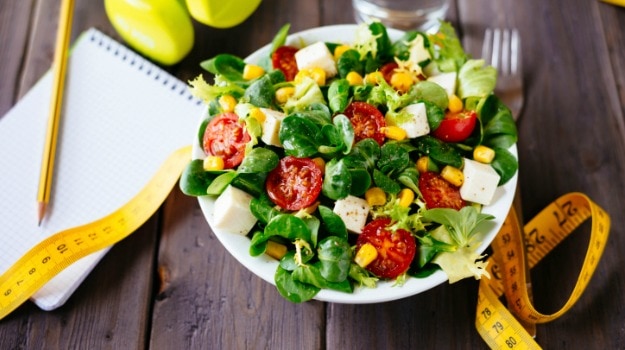
The Bottom Line? Any diet regime must not be followed on your own. When it comes to following Atkins diet, experts are of the opinion that one should get a personlised version of it with modifications and improvisations to suit one's goals as well as dietary and nutritional requirements. All diet and weight-loss programmes should be undertaken under strict medical/professional supervision.
